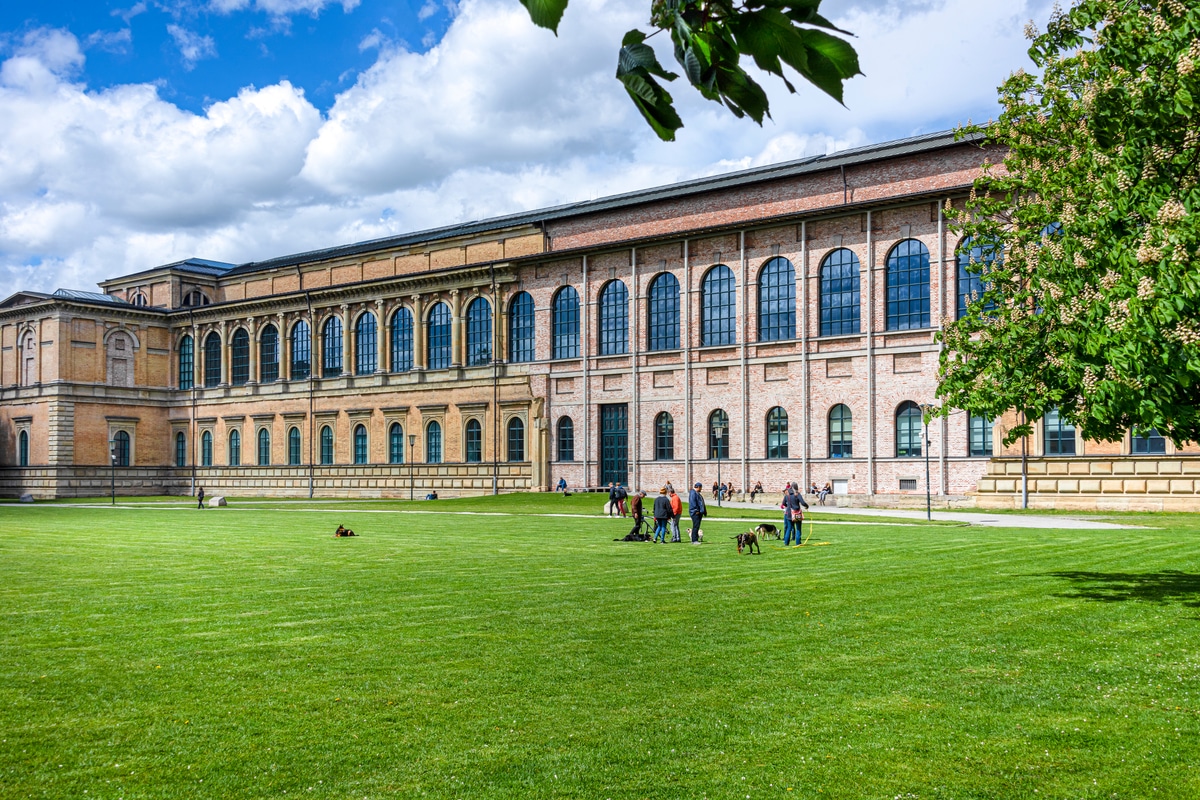Old Pinacoteca

Founded by the collector
The Alte Pinakothek was founded at the behest of Bavarian King Ludwig I. The regent was himself a passionate collector of paintings. Rather than deprive the public eye of the beauty of his works of art, Ludwig I decided to give the people of his kingdom access to his collection. When the Pinakothek was completed in 1836, art became a public good and the building was the largest museum building in the world at the time.
A journey through epochs and regions
The vast art collection spans 19 halls and nearly four dozen cabinets. More than 700 paintings and several thousand pictures can be admired there. The exhibits are divided into several exhibitions, which represent a chronological journey from the art of the Middle Ages to modern times. It starts in the 14th century, from where the breathtaking paintings reach to the middle of the 19th century.
However, the focus of the exhibitions is by no means only on German culture. Artists from the Netherlands, France, Spain or Italy are also presented in large numbers and duly honored. Thus, exploring the Alte Pinakothek is not only an artistic enrichment for visitors. The history of the European continent since the Middle Ages can also be traced and experienced here through art.
Dynamism through changing special exhibitions
In addition to the works that are permanently on view, the Alte Pinakothek also hosts special exhibitions at irregular intervals. Here, works by individual artists are given special emphasis, or paintings from a particular thematic area are presented together. In concept, these extraordinary presentations are based on the permanent exhibition.